Podcast 101: How to start a podcast
Podcasting has exploded in popularity, offering a unique platform for sharing ideas, stories, and expertise. Whether you're aiming to build a personal brand, grow your business, or simply explore a creative outlet, this comprehensive guide will equip you with the knowledge and strategies to launch a standout podcast. We'll delve into every aspect of podcasting, from conceptualization to distribution, providing real-world examples and expert insights along the way.
1. Crafting Your Podcast's Identity
Before you hit record, it's crucial to establish a clear and compelling concept for your show. This foundational step will guide all your future decisions and help you create a podcast that resonates with your target audience.
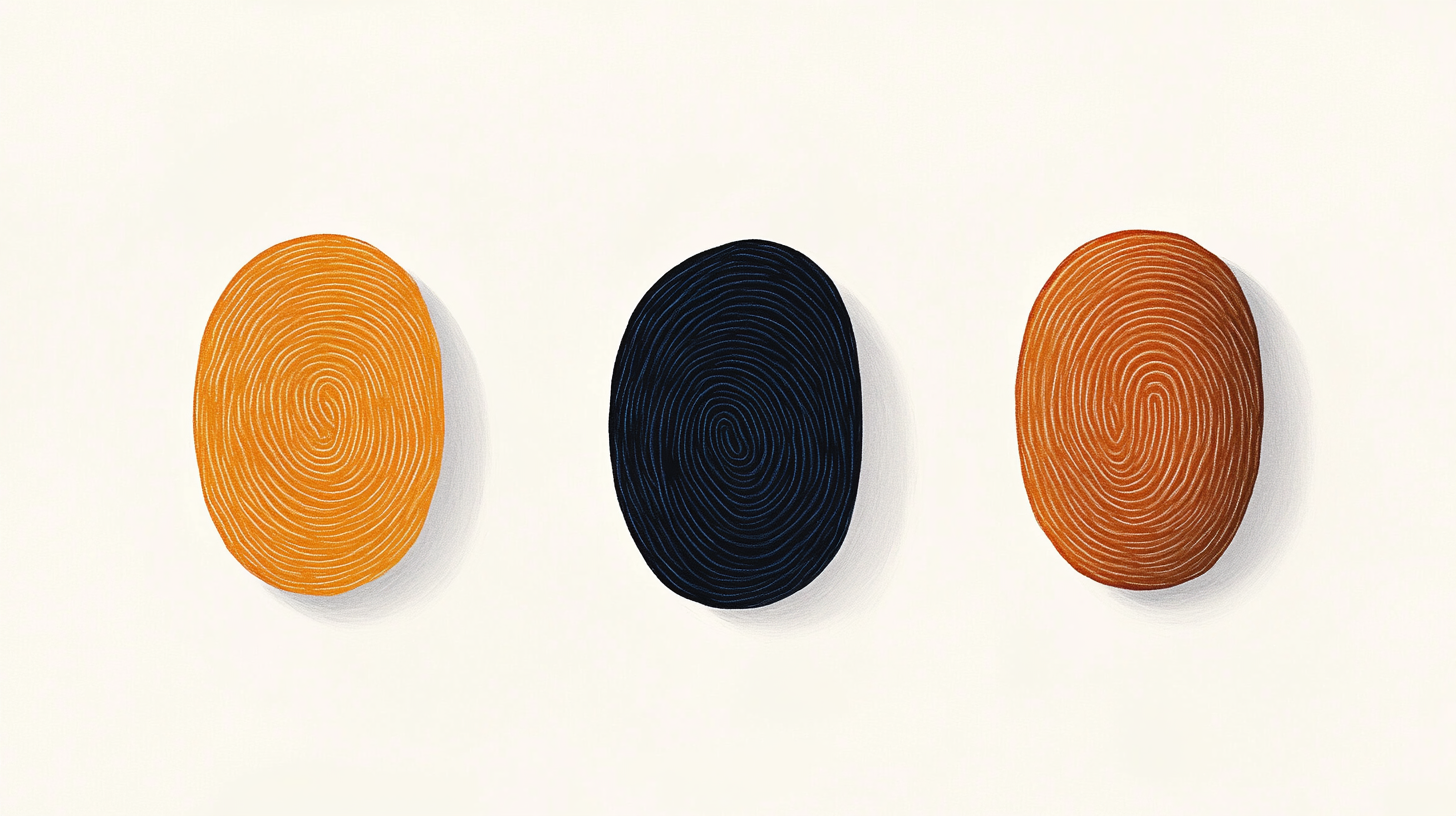
Define Your Unique Value Proposition
What makes your podcast different from the thousands already out there? Consider these successful examples:
- "Serial" by Sarah Koenig: Pioneered narrative investigative journalism in podcast form
- "WTF with Marc Maron": Intimate, long-form interviews with celebrities and thought leaders
- "Hardcore History" by Dan Carlin: In-depth, multi-hour explorations of historical events
Identify Your Target Audience
Understanding your ideal listener is crucial. Create a detailed listener persona, including:
| Demographics | Age, gender, location, education level |
|---|---|
| Psychographics | Interests, values, lifestyle, challenges |
| Listening Habits | When, where, and how they consume podcasts |

Choose Your Format
Select a format that suits your content and target audience. Popular formats include:
- Solo commentary (e.g., "The Daily" by Michael Barbaro)
- Interview-style (e.g., "How I Built This" with Guy Raz)
- Panel discussions (e.g., "Pod Save America")
- Narrative storytelling (e.g., "Radiolab")
- Educational/tutorial (e.g., "Stuff You Should Know")
Consider episode length and release frequency. Consistency is key, so choose a schedule you can maintain long-term.
2. Developing Compelling Content
With your concept in place, it's time to plan your content strategy. This step ensures a steady stream of ideas and maintains the quality of your podcast over time.
Content Calendar
Create a detailed content calendar for at least the first 10-20 episodes. Include:
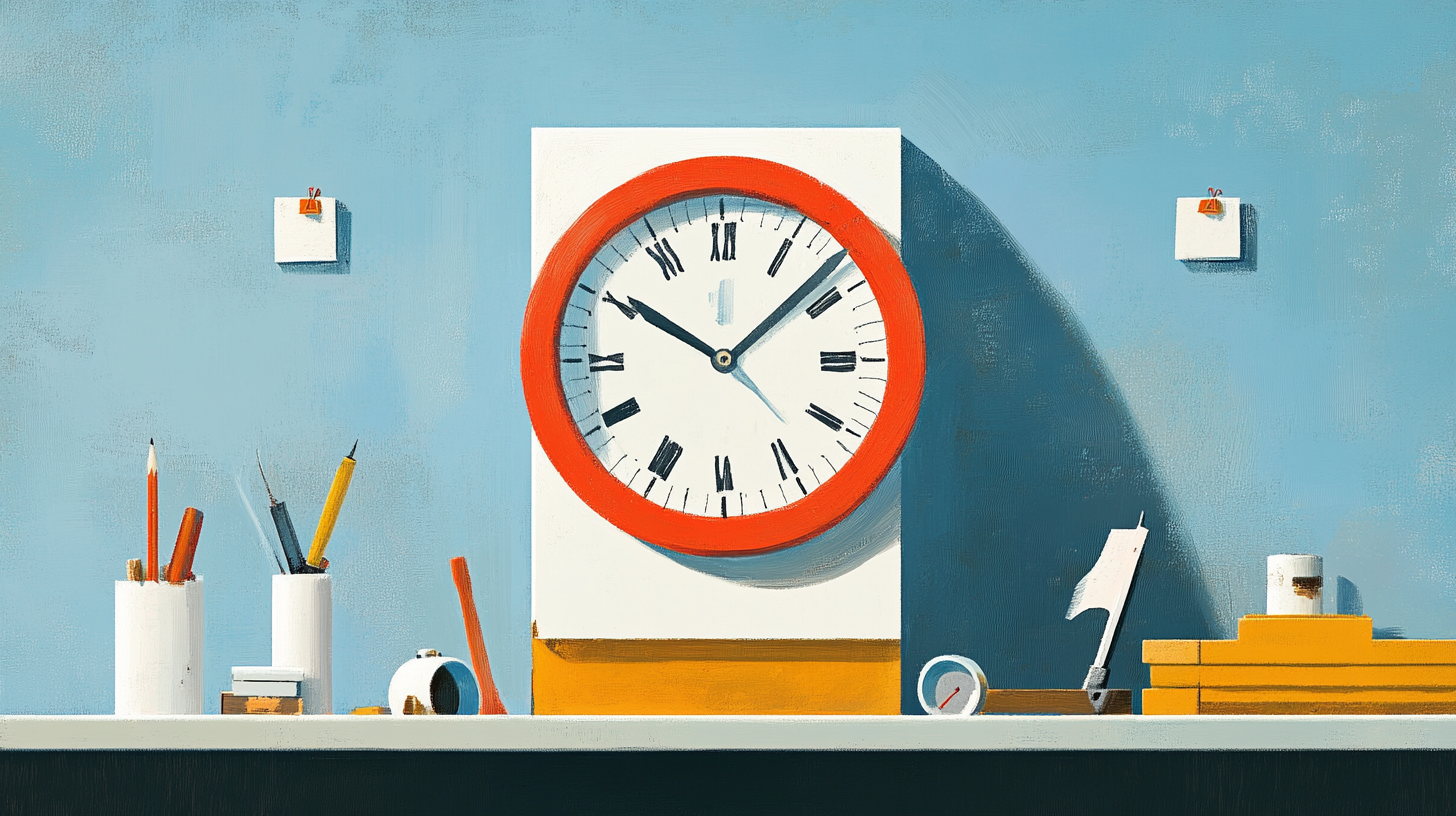
- Episode titles: Create catchy, descriptive titles that will grab potential listeners' attention
- Main topics/talking points: Outline the key subjects you'll cover in each episode
- Guest names: If you're planning to have guests, list who they are and confirm their availability
- Release dates: Set specific dates for each episode to maintain a consistent schedule
- Call-to-action for each episode: Plan what you want your listeners to do after each episode (e.g., visit a website, leave a review, etc.)
Research and Preparation
Thorough research sets great podcasts apart. For each episode:
- Compile relevant statistics, case studies, and expert opinions
- Prepare a detailed outline or script
- For interviews, research guests extensively and prepare thought-provoking questions
3. Branding Your Podcast
Your podcast's brand is crucial for standing out in a crowded market. Invest time in creating a memorable and cohesive identity.
Naming Your Podcast
Choose a name that's:
- Memorable and unique
- Relevant to your content
- Easy to spell and pronounce
- Available as a domain name and social media handles
Examples of effective podcast names:
- "99% Invisible" - Intriguing, relates to design and architecture focus
- "Freakonomics Radio" - Leverages existing brand, indicates economic content
- "Sleep With Me" - Clear indication of purpose (bedtime stories for adults)
Visual Branding
Create professional, eye-catching visuals:
- Cover art: Must look good at various sizes (3000x3000 pixels for upload, small thumbnail size for mobile devices)
- Color scheme: Choose 2-3 primary colors that reflect your podcast's tone
- Typography: Select fonts that are legible and match your brand personality
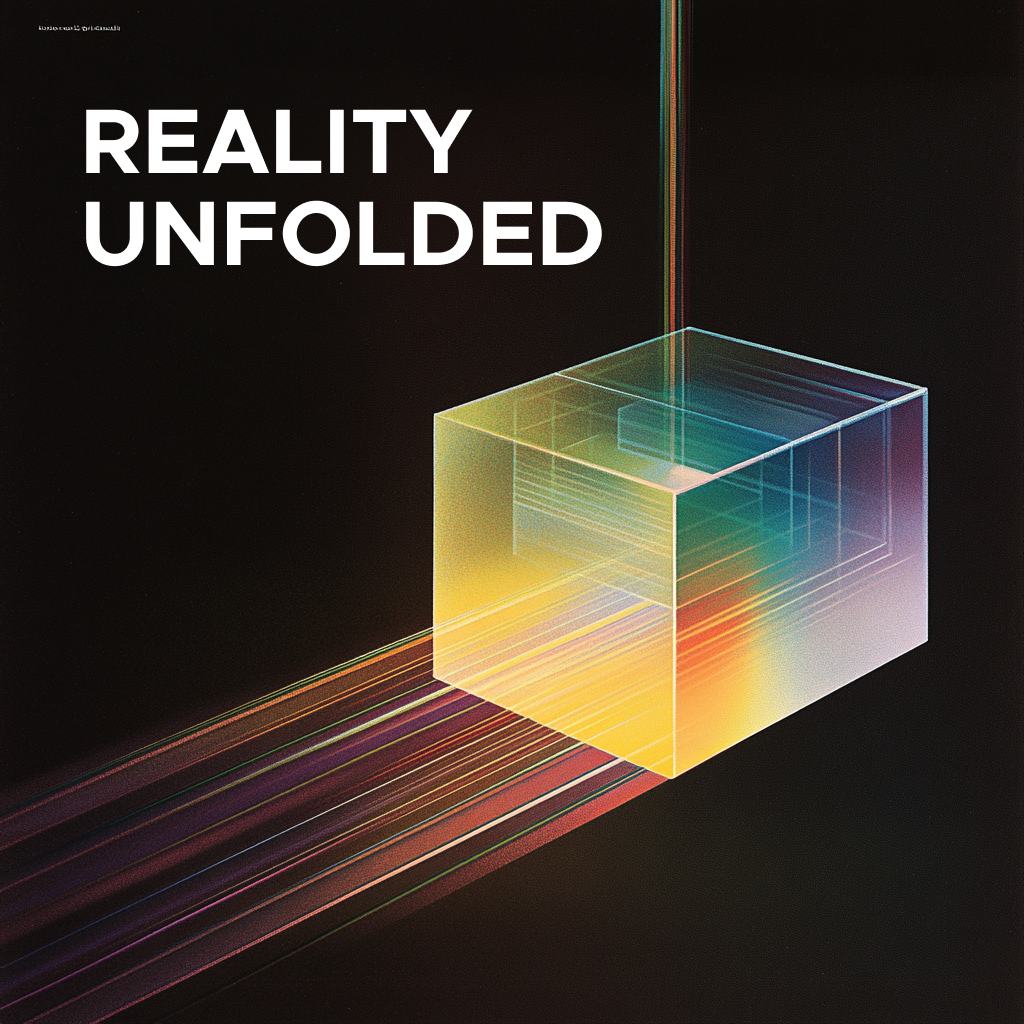

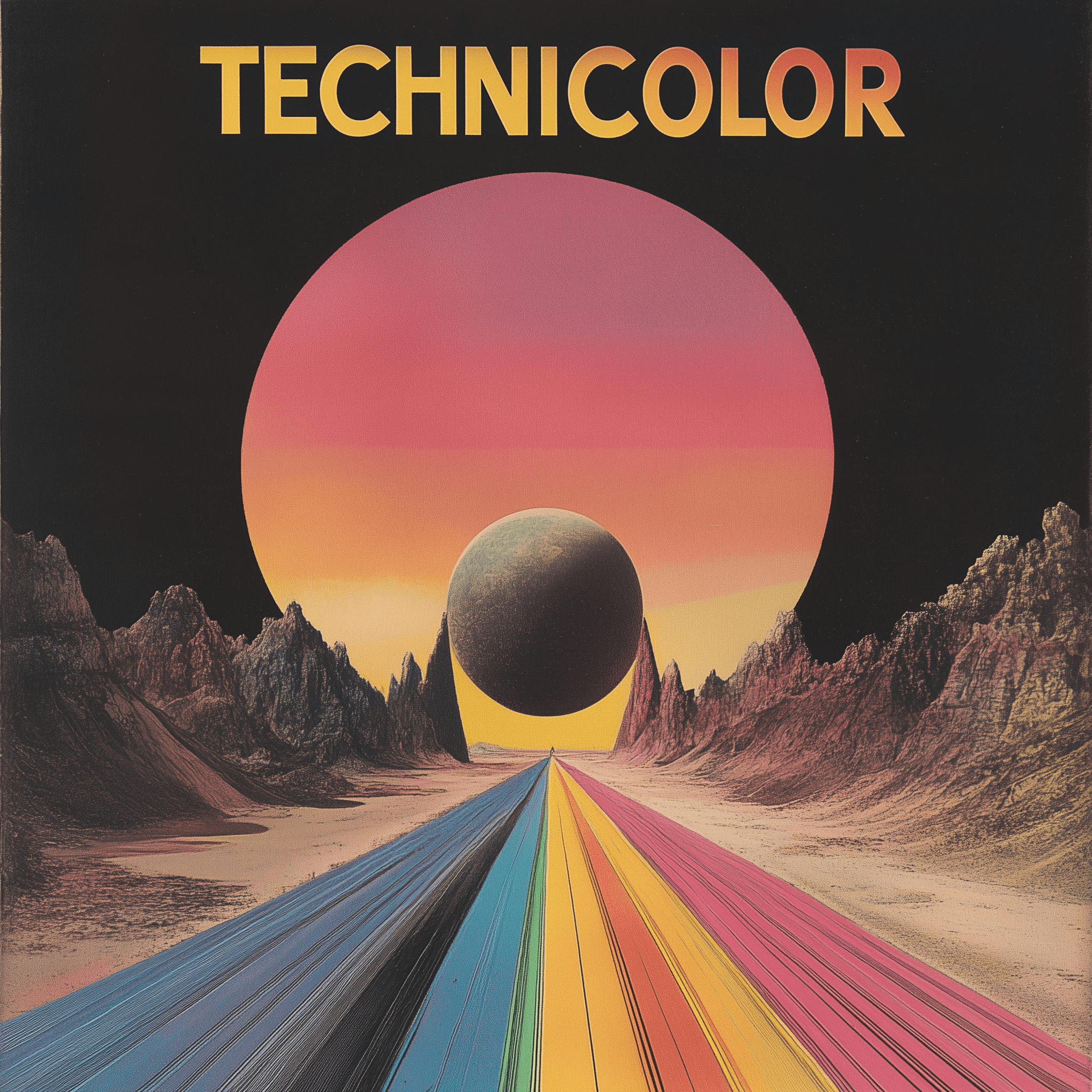
Tools for DIY design:
- Canva: User-friendly with podcast-specific templates
- Adobe Creative Suite: Professional-grade tools for experienced designers
- Fiverr or 99designs: Hire professional designers for custom work
Audio Branding
Develop a consistent audio identity:
- Intro/outro music: Choose or create a unique theme that sets the tone for your show
- Sound effects: Use sparingly to enhance storytelling or transitions
- Voice: Develop a consistent vocal style or "radio voice" that matches your brand

Remember, your brand should be consistent across all platforms - website, social media, and marketing materials.
4. Invest in Essential Equipment and Set Up Your Recording Space
While you don't need top-of-the-line gear to start a podcast, investing in some basic equipment and creating a suitable recording environment will significantly improve your audio quality and make the recording process smoother. Let's break down the essentials and learn from successful podcasters.
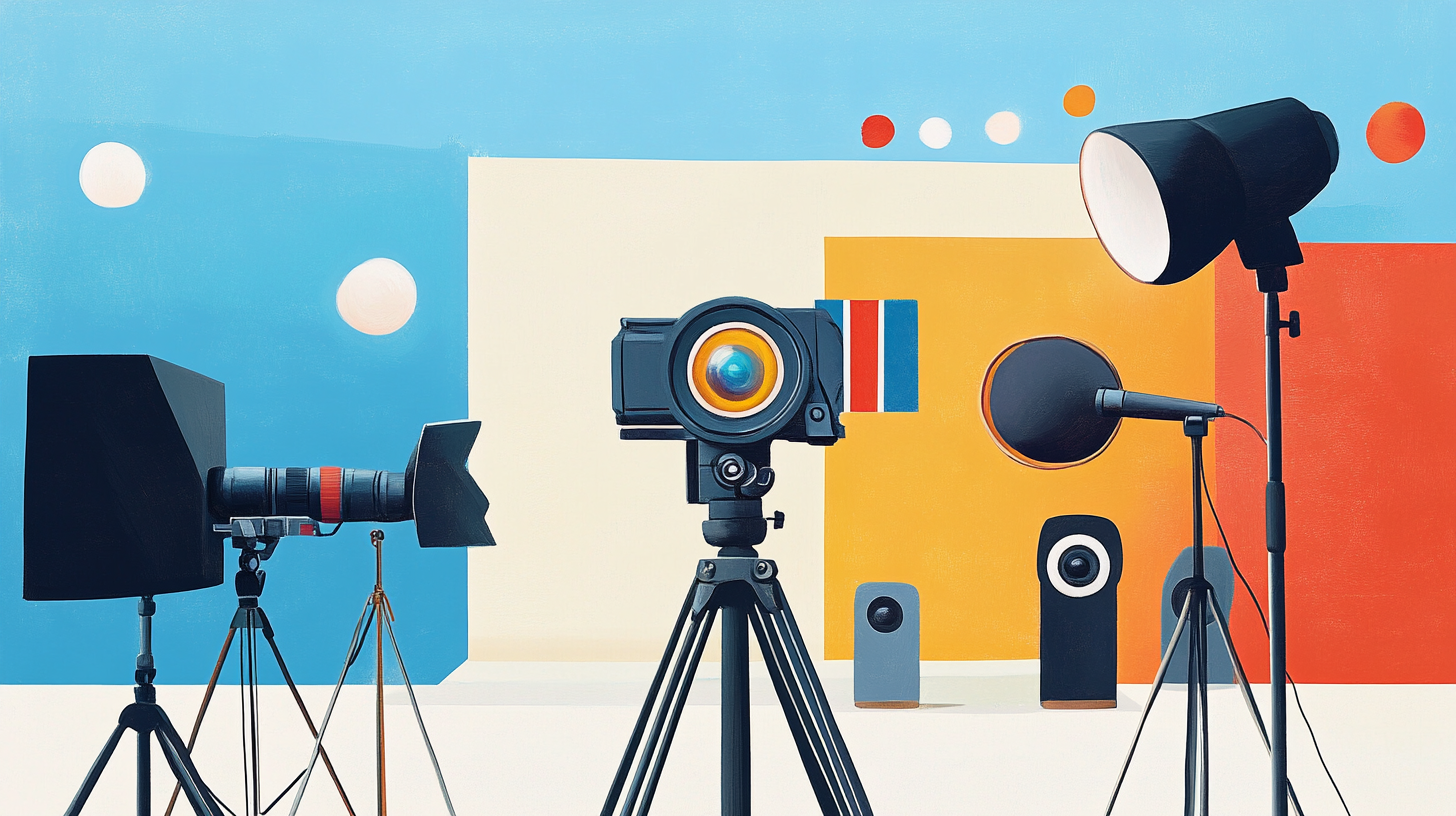
Microphone: Your Voice's Best Friend
A good microphone is perhaps the most important piece of equipment for podcasting. Here are some popular options used by successful podcasters:
| Microphone | Type | Used By | Approximate Price |
|---|---|---|---|
| Shure SM7B | XLR Dynamic | Joe Rogan (The Joe Rogan Experience) | $399 |
| Blue Yeti | USB Condenser | Roman Mars (99% Invisible) | $129 |
| Audio-Technica ATR2100x-USB | USB/XLR Dynamic | Pat Flynn (Smart Passive Income) | $99 |
| Rode Procaster | XLR Dynamic | Tim Ferriss (The Tim Ferriss Show) | $229 |
For beginners, USB microphones like the Blue Yeti or Audio-Technica ATR2100x-USB are excellent choices due to their ease of use and good sound quality. As you grow, consider upgrading to an XLR microphone with an audio interface for even better sound, like the Shure SM7B used by Joe Rogan.
Headphones: Your Audio Monitor
A pair of closed-back headphones will help you monitor your audio while recording and editing. Some popular choices among podcasters include:
- Sony MDR-7506: Used by many NPR podcasters, including the team behind "This American Life" ($99)
- Audio-Technica ATH-M50x: Favored by many YouTube creators and podcasters like Marques Brownlee (MKBHD) ($149)
- Beyerdynamic DT 770 PRO: Used by professional audio engineers and podcasters like Marco Arment (ATP) ($159)
Recording and Editing Software: Your Digital Studio
You'll need software to record and edit your podcast. Here are some options, ranging from free to professional-grade:
- Audacity (Free): Used by many beginner podcasters, including the early days of "Welcome to Night Vale"
- GarageBand (Free for Mac): Used by Alex Blumberg when starting "StartUp" and Gimlet Media
- Adobe Audition ($20.99/month): Used by professional podcasters like Pat Flynn of "Smart Passive Income"
- Logic Pro X ($199.99): Used by many professional podcasters, including the team behind "Serial"
For video podcasts, consider using a video switcher software:
- OBS Studio (Free): Popular open-source software for live streaming and video recording
- Ecamm Live (Starts at $16/month): User-friendly option for Mac users with built-in interview capabilities
- vMix (Starts at $60): Professional-grade video mixing software used by many video podcasters
For remote interviews, consider dedicated podcast recording platforms:
- Squadcast: Used by shows like "Marketplace" and "Grammar Girl"
- Riverside.fm: Used by "The Tim Ferriss Show" and "Freakonomics Radio"
5. Setting Up Your Recording Space: Creating Your Podcast Haven
Creating a suitable recording environment is crucial for achieving good sound quality. While a professional studio is not necessary, taking steps to improve your recording space can make a significant difference. Let's look at how some successful podcasters have set up their recording spaces:
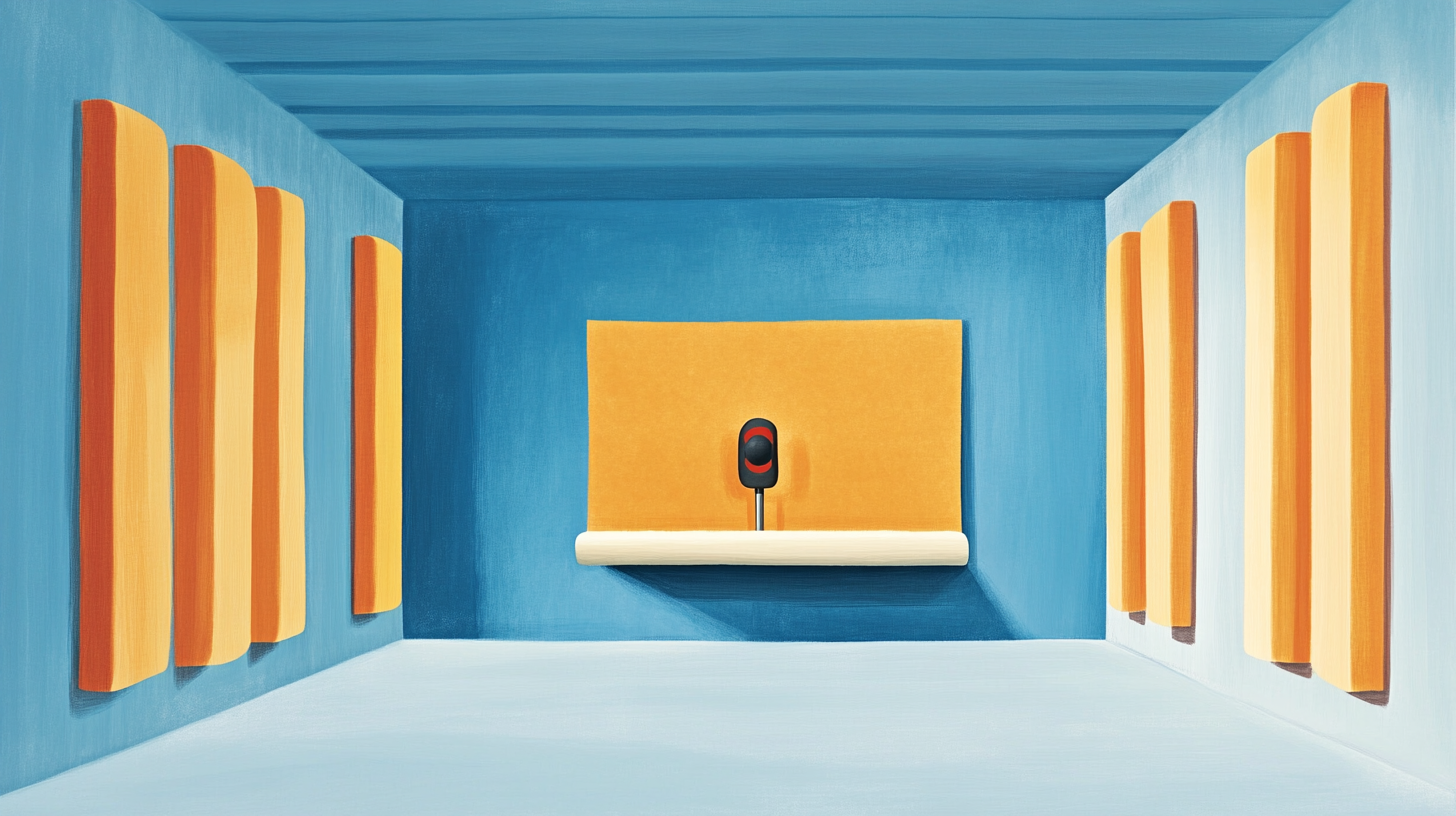
1. Choose a Quiet Location
Find a quiet room in your home or office with minimal background noise. Roman Mars of "99% Invisible" famously records in his bedroom closet for optimal sound isolation.
"I record in my closet because the clothes act as a natural sound dampener. It's not glamorous, but it works." - Roman Mars, 99% Invisible
2. Soundproof Your Space
Simple soundproofing techniques can greatly improve your audio quality:
- Hang blankets or acoustic panels on walls to absorb sound (used by many podcasters, including the "My Favorite Murder" team)
- Use a pop filter to reduce plosive sounds (essential for all podcasters, from beginners to pros like Ira Glass)
- Consider investing in a reflection filter to place behind your microphone (used by podcasters like Dan Carlin of "Hardcore History")
Tim Ferriss, host of "The Tim Ferriss Show," has shared his portable recording setup:
"I use a Zoom H6 recorder, a Shure SM58 microphone, and a Marantz Sound Shield Compact. This setup allows me to record high-quality audio anywhere, even in hotel rooms." - Tim Ferriss
6. Recording Your First Episode: Lights, Camera, Audio!
With your equipment set up and your content planned, it's time to record your first episode. This can be both exciting and nerve-wracking, but remember that even the most successful podcasters started somewhere. Here are some tips from the pros:
1. Prepare Your Setup
- Test your equipment to ensure everything is working correctly
- Adjust your microphone settings and position for optimal sound quality
- Have a glass of water nearby to keep your voice clear throughout the recording
"I always do a quick test recording before every episode. It's saved me from countless technical issues." - Ira Glass, This American Life
2. Conduct a Test Recording
Do a short test recording to check your audio levels and ensure there's no unwanted background noise. Listen back to the recording with headphones to identify any issues that need addressing.
"Listen to your test recording carefully. Pay attention to any background noises you might not notice while recording - air conditioners, computer fans, even your own breathing." - Jad Abumrad, Radiolab
3. Record Your Episode
When you're ready, start recording your episode. Here are some tips from successful podcasters:
- Relax and speak naturally, as if you're having a conversation with a friend (advice from Terry Gross, Fresh Air)
- Don't worry if you make mistakes – you can always edit them out later (tip from Alex Blumberg, StartUp)
- Remember to pause briefly between sections to make editing easier (technique used by Sarah Koenig, Serial)
"The key to a great podcast is authenticity. Don't try to sound like anyone else - your unique voice is what will make your podcast stand out." - Guy Raz, How I Built This
Remember, every successful podcaster started with their first episode. With practice and persistence, you'll develop your own style and rhythm. Happy podcasting!
7. Edit Your Podcast: Crafting Audio Excellence
Post-production is where your raw recording transforms into a polished, professional podcast. Let's explore the key aspects of editing, with insights from successful podcasters who have mastered this craft.
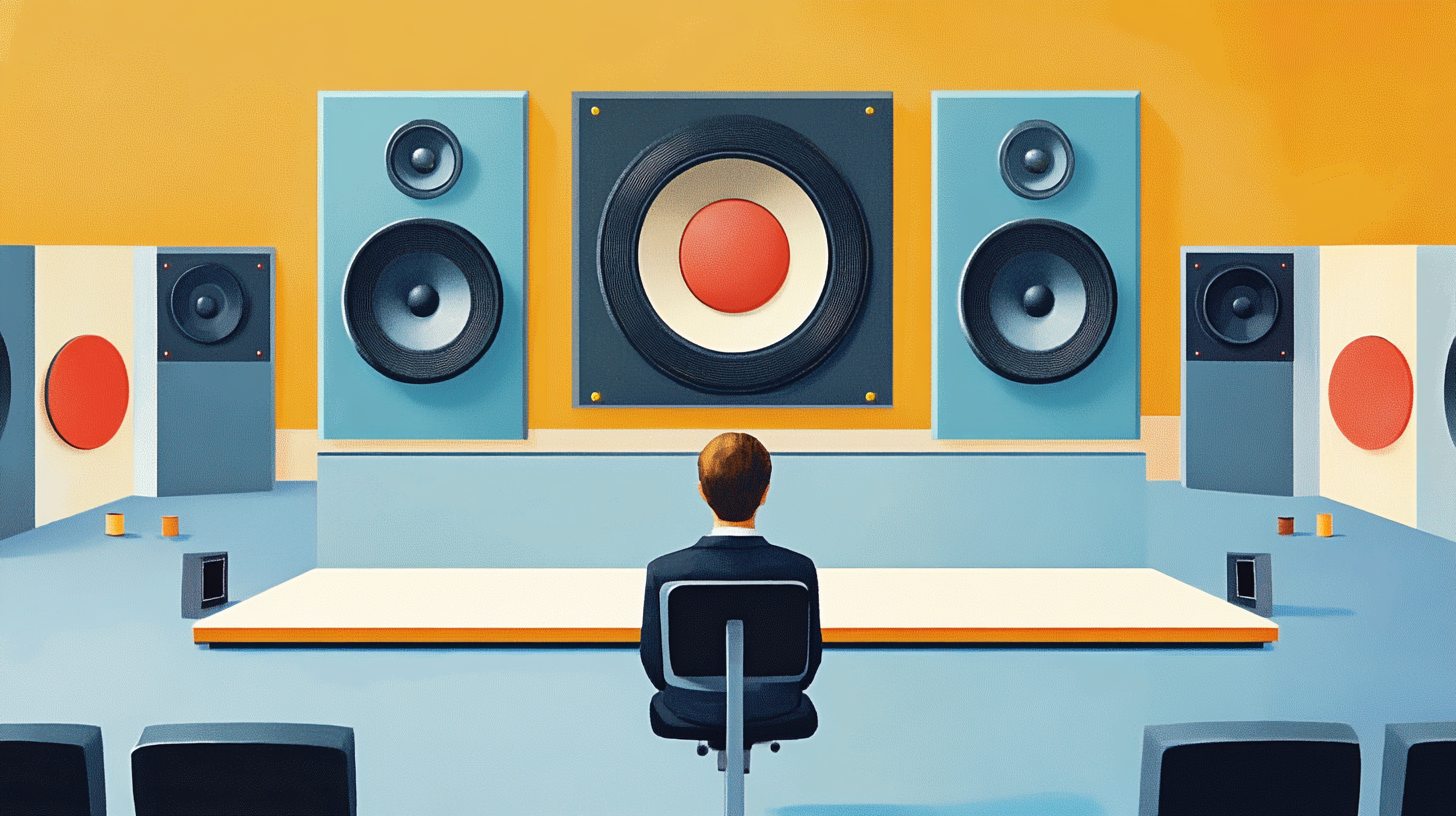
Remove Mistakes and Unwanted Noise
Careful editing is crucial for a smooth listening experience. Here's how some pros approach it:
"I always do multiple passes when editing. First for content, then for pacing, and finally for technical issues. It's time-consuming, but it makes a world of difference." - Jad Abumrad, Radiolab
- Content editing: Remove verbal stumbles, long pauses, and off-topic tangents
- Technical editing: Eliminate background noise, mouth sounds, and audio glitches
- Pacing: Adjust the rhythm of conversation for better flow
Add Intro and Outro Music
Music sets the tone for your podcast and creates a consistent brand identity. Here are some approaches from popular shows:
| Podcast | Music Approach | Impact |
|---|---|---|
| Serial | Custom composed theme | Instantly recognizable, builds anticipation |
| This American Life | Rotating music selections | Reflects the mood of each episode |
| Reply All | Consistent electronic theme | Creates a tech-savvy atmosphere |
Remember to use royalty-free music or obtain proper licenses. Platforms like Epidemic Sound, Audioblocks, or Musicbed offer a wide range of options for podcasters.
Adjust Audio Levels
Consistent audio levels ensure a comfortable listening experience. Here are some expert tips:
"I aim for an average loudness of -16 LUFS for spoken content. It's a sweet spot that works well across different listening environments." - Marco Arment, Accidental Tech Podcast
- Use a compressor to even out volume fluctuations
- Apply a limiter to prevent audio clipping
- Balance levels between different speakers and segments
- Ensure music and sound effects don't overpower speech
Advanced Editing Techniques
As you grow more comfortable with editing, consider these advanced techniques used by top podcasters:
- Sound design: Add ambient sounds or effects to enhance storytelling (e.g., Radiolab, 99% Invisible)
- Voice processing: Use EQ and subtle effects to enhance vocal clarity (e.g., The Daily by The New York Times)
- Crossfading: Smooth transitions between segments (e.g., Planet Money)
8. Choose a Podcast Hosting Platform: Your Digital Home Base
Selecting the right hosting platform is crucial for distributing your podcast effectively. Let's compare some popular options:

| Platform | Key Features | Notable Users | Pricing (Starting) |
|---|---|---|---|
| Libsyn | Detailed analytics, multiple RSS feeds | WTF with Marc Maron, The Joe Rogan Experience (formerly) | $5/month |
| Buzzsprout | User-friendly interface, transcription services | Entrepreneurs on Fire, The Mindset Mentor | $12/month |
| Podbean | Unlimited audio hosting, monetization tools | The Moth, Grammar Girl | $9/month |
| Anchor | Free hosting, built-in recording and editing tools | Crime Junkie, The Michelle Obama Podcast | Free |
When choosing a platform, consider factors like storage limits, bandwidth, analytics depth, and additional features like website builders or monetization tools.
Upload Your Episode
Once you've selected a hosting platform, uploading your episode is straightforward:
- Prepare your audio file (typically MP3 format, 44.1 kHz, 16-bit, 128 kbps)
- Write a compelling episode title and description
- Add relevant tags for discoverability
- Include show notes with timestamps, links, and additional resources
- Set your publish date and time
9. Submit Your Podcast to Directories: Expanding Your Reach
To maximize your podcast's visibility, submit it to various podcast directories. Here's a guide to the major platforms:
Apple Podcasts
Still considered the most important directory due to its market share.
- Create an Apple ID and submit through Podcast Connect
- Approval process can take 1-5 business days
- Optimize your podcast title, author, and description for search
Spotify
Rapidly growing in popularity, especially among younger listeners.
- Submit through Spotify for Podcasters (formerly Anchor)
- Usually approved within a few hours
- Consider creating Spotify-exclusive content to boost visibility
Google Podcasts
Automatically indexes podcasts, but you can expedite the process.
- Submit your RSS feed through Google Podcast Manager
- Ensure your website has a valid RSS feed for faster indexing
Additional Directories
Expand your reach by submitting to these platforms:
- Stitcher: Popular among Android users
- TuneIn: Reaches smart speaker and car audio systems
- iHeartRadio: Large audience, but submission is by invitation
- Pandora: Requires manual submission and approval
"Don't underestimate the power of niche directories. Submitting to platforms specific to your content can help you reach a highly engaged audience." - Dan Carlin, Hardcore History
10. Promote Your Podcast: Building Your Audience
Creating great content is just the beginning. Effective promotion is key to growing your listener base. Let's explore strategies used by successful podcasters:

Leverage Social Media
Use platforms where your target audience is most active. Here are some effective strategies:
- Create audiograms (audio clips with visual waveforms) for Instagram and Twitter (used by NPR shows)
- Share behind-the-scenes content on Instagram Stories or TikTok (e.g., Call Her Daddy)
- Engage with listeners in Facebook Groups or Reddit AMAs (e.g., Reply All)
- Use LinkedIn for professional or industry-specific podcasts (e.g., HBR IdeaCast)
Create a Website
A dedicated website serves as a hub for your podcast and helps with SEO. Include:
- Episode show notes with timestamps and links
- Transcripts for accessibility and SEO (e.g., 99% Invisible)
- A media kit for potential sponsors or collaborators
- An email newsletter sign-up to build a direct connection with listeners
"Our website isn't just a home for our podcast—it's a platform for deeper engagement. We include additional resources, full transcripts, and even interactive elements to keep our audience coming back." - Roman Mars, 99% Invisible
Collaborate with Other Podcasters
Cross-promotion can significantly boost your audience. Try these approaches:
- Guest appearances on related podcasts (e.g., The Joe Rogan Experience frequently hosts other podcasters)
- Create a podcast network with complementary shows (e.g., Radiotopia, Gimlet Media)
- Participate in podcast festivals or live events (e.g., Hot Docs Podcast Festival)
Leverage Your Existing Platform
If you have an existing audience or platform, use it to promote your podcast:
- Mention your podcast in YouTube videos (e.g., H3 Podcast)
- Promote on your blog or newsletter (e.g., Tim Ferriss)
- Cross-promote on other media appearances
Encourage Reviews and Ratings
Positive reviews boost your podcast's visibility in directories. Here's how to encourage them:
- Ask listeners to leave reviews at the end of each episode
- Create a simple link (like podcastname.com/review) that directs to your Apple Podcasts page
- Run contests or giveaways for reviewers (ensure you follow platform guidelines)
- Thank reviewers by name in your episodes
"Never underestimate the power of simply asking. We saw a 200% increase in reviews just by consistently reminding our listeners to leave a review at the end of each episode." - Pat Flynn, Smart Passive Income
Paid Promotion
Consider these paid promotion strategies used by successful podcasts:
- Podcast-specific ad networks (e.g., Midroll, used by many top podcasts)
- Targeted social media ads (e.g., Facebook Ads, used effectively by true crime podcasts)
- Influencer partnerships (e.g., sponsoring relevant YouTube channels)
- Traditional media (e.g., Serial's collaboration with This American Life for its launch)
Remember, promotion is an ongoing process. Consistently apply these strategies, track your results, and adjust your approach based on what works best for your unique podcast and audience.
Enhancing Your Podcast with Morph Studio
In the digital age, visual elements can significantly boost your podcast's appeal, especially for video podcasts. Morph Studio offers powerful tools to elevate your podcast's visual presence:
Background Removal for Video Podcasts
Morph Studio's background remover is designed specifically for videos, making it ideal for video podcasts:
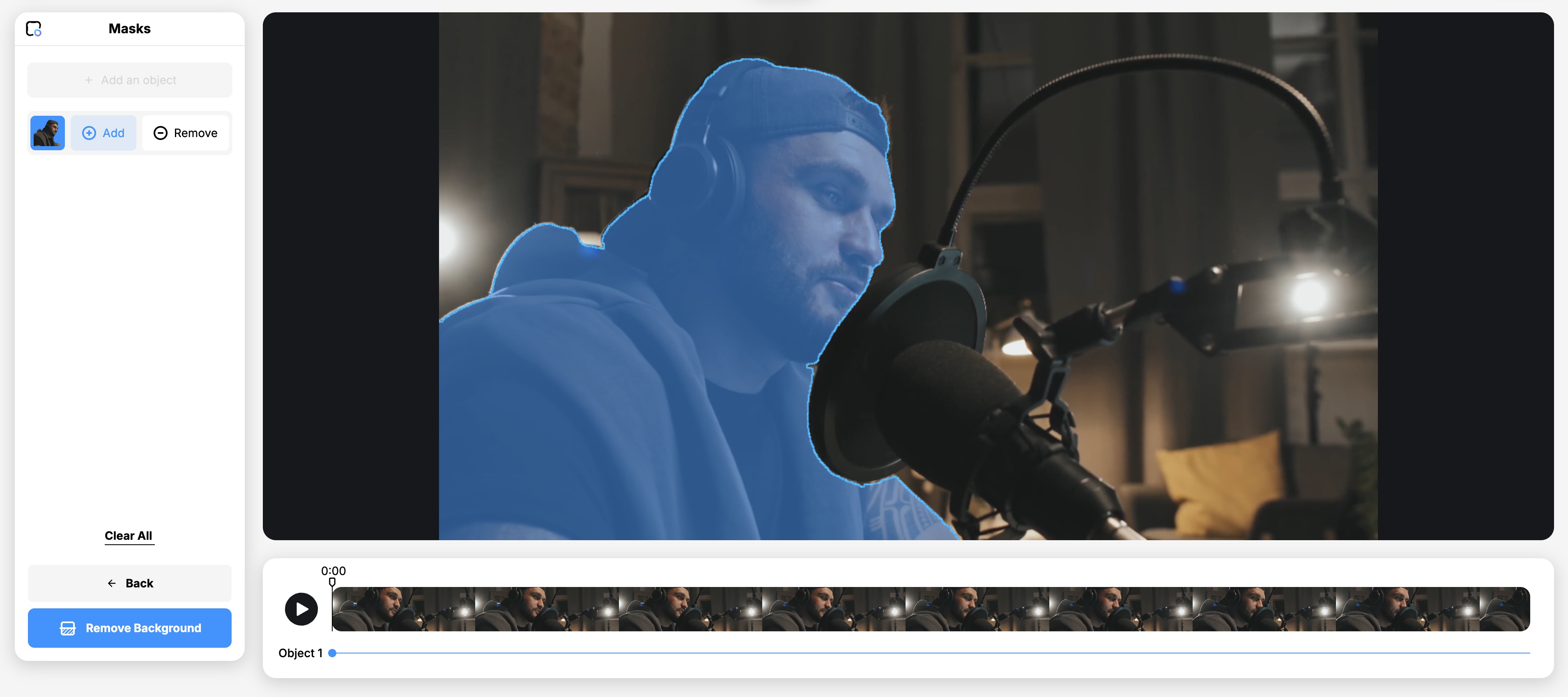
- Remove distracting backgrounds from your video podcast recordings without needing a green screen
- Create a consistent, professional look across different recording locations, including options for a sleek black background
- Easily replace backgrounds with custom imagery or branding elements for a polished appearance
Generating B-Roll with AI
For additional visual content in your video podcasts or promotional materials, Morph Studio's AI video generation can be invaluable:
- Create custom visuals to illustrate complex topics discussed in your podcast
- Generate themed backgrounds for different podcast segments
- Produce unique social media assets to promote each episode
Explore how Morph Studio can enhance your video podcast. The video background removal tool and AI image generation features can help take your video podcast's visual elements to the next level.
Conclusion: Your Podcast Journey Starts

Starting a podcast can be challenging, but with these key strategies, you can create a successful show:
- Consistent quality: Release episodes regularly (e.g., "This American Life" - weekly since 1995)
- Engaging content: Focus on storytelling (e.g., "Serial" - investigative narratives)
- Niche focus: Specialize in your area (e.g., "WTF with Marc Maron" - comedian interviews)
- Community building: Engage with listeners (e.g., "My Favorite Murder" - active Facebook group)
Track your progress using metrics like downloads per episode, listener retention, and reviews. Continuously improve by attending conferences, joining communities, and seeking listener feedback.
"The beauty of podcasting is that you're always learning. Every episode is a chance to get better at your craft." - Ira Glass, This American Life
Remember, successful podcasts often start small. Stay persistent, passionate, and committed to quality. Happy podcasting!